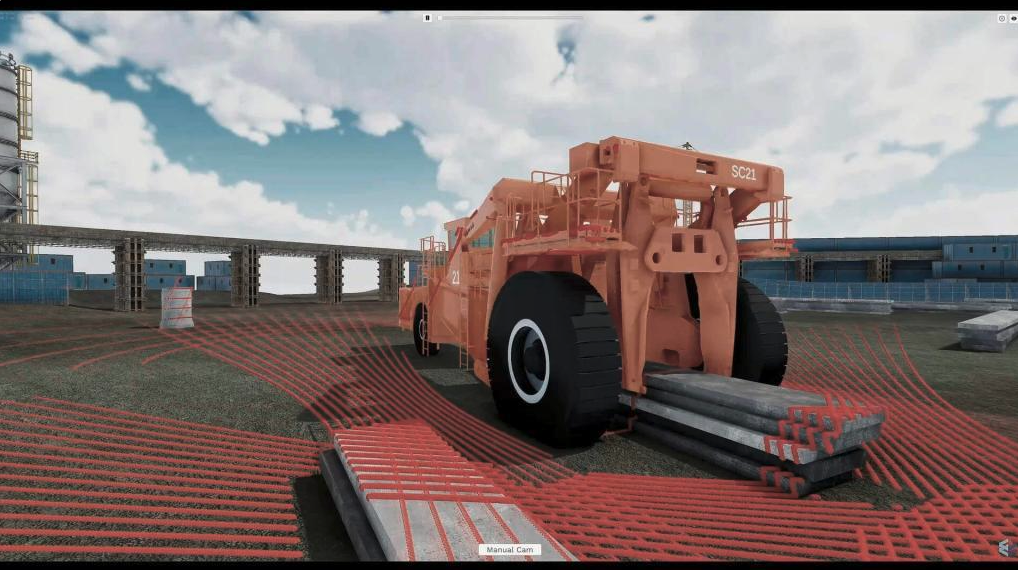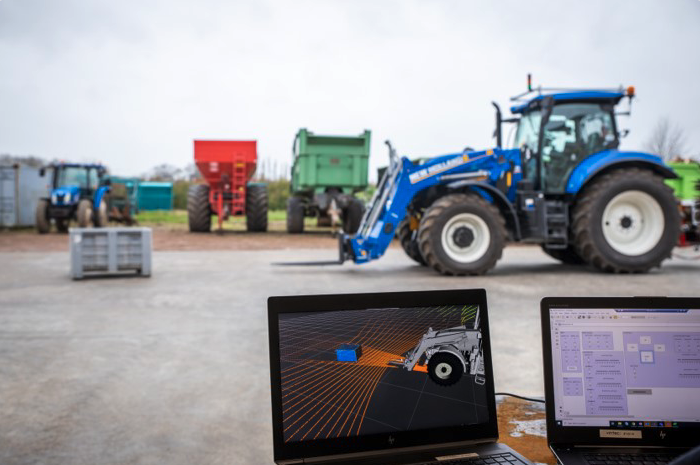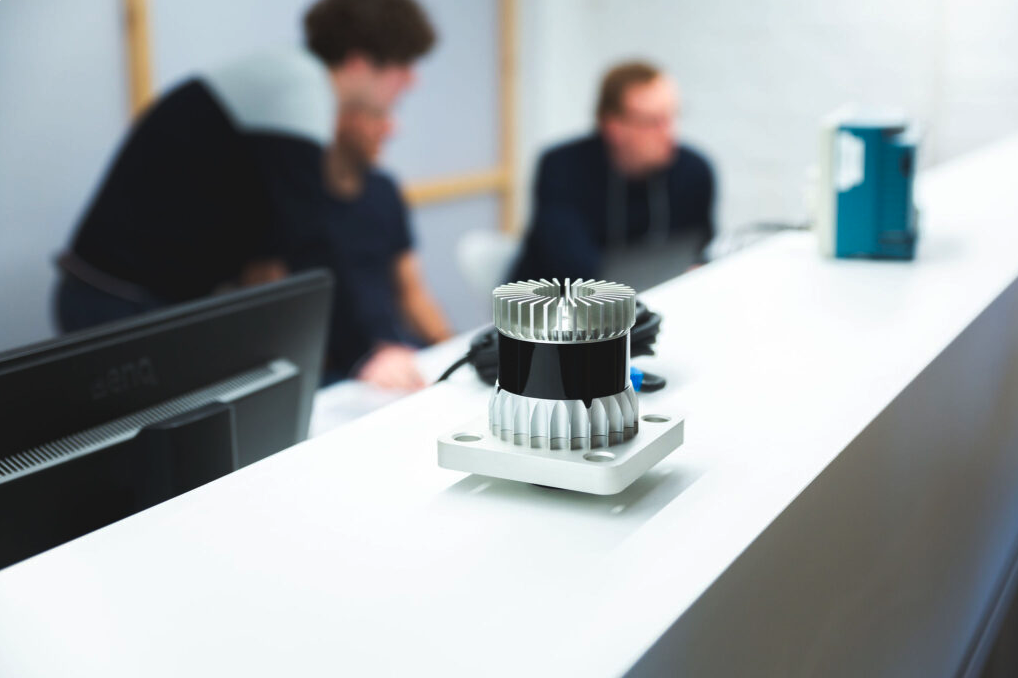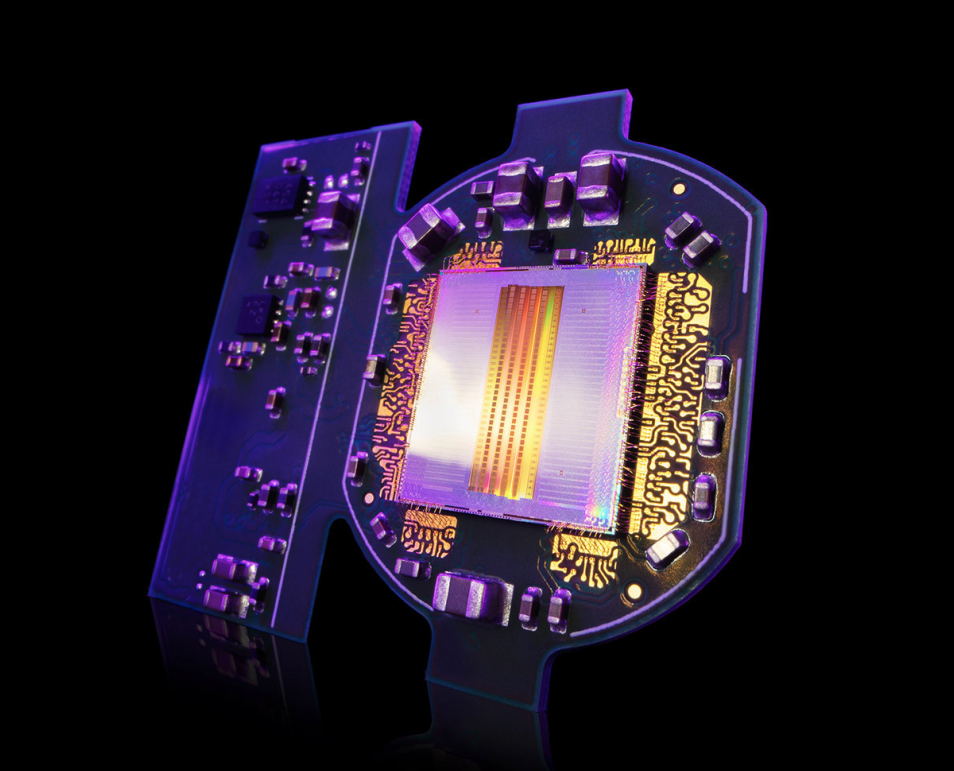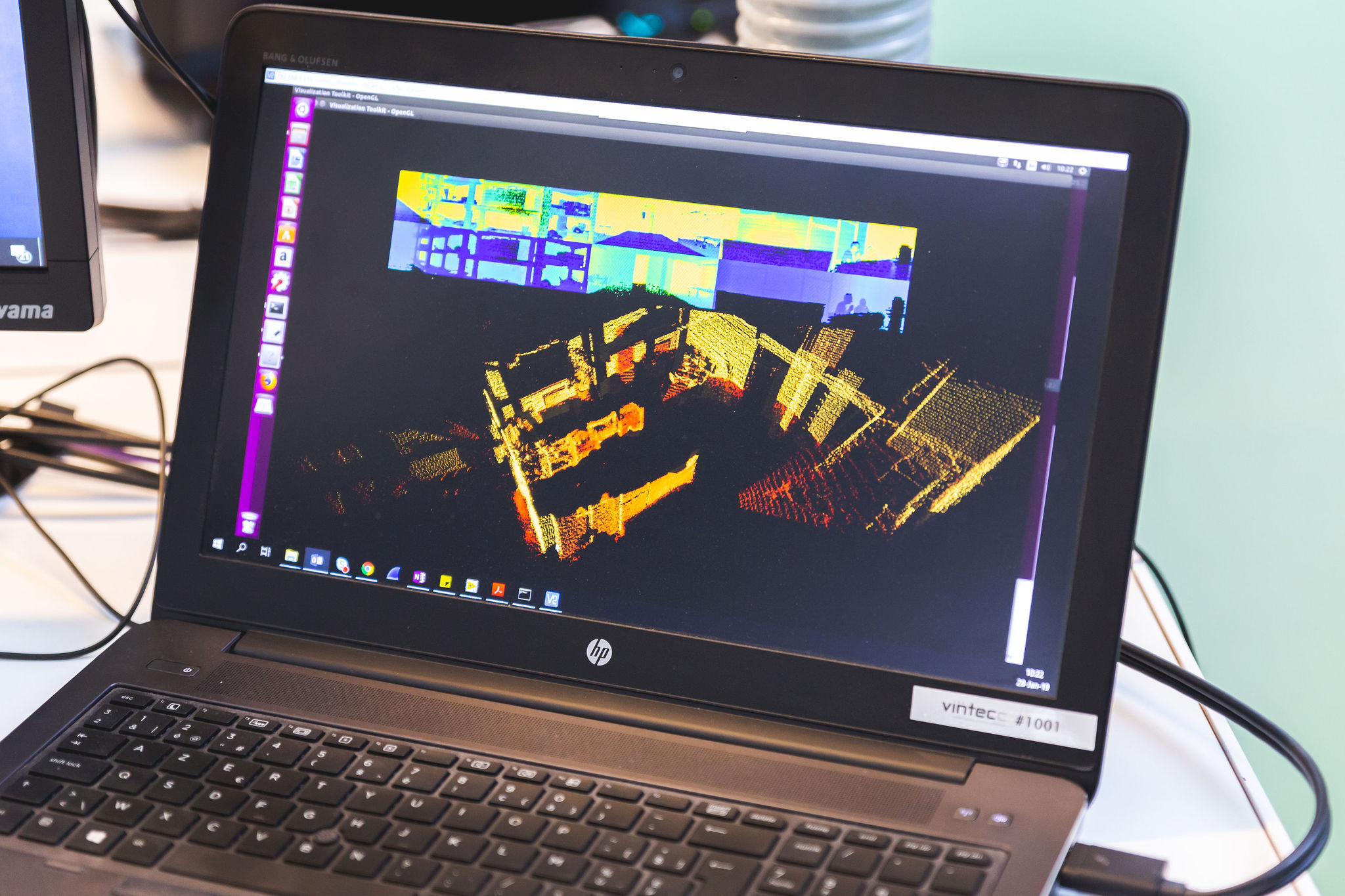autonomous and smart, the possibilities of LiDAR technology
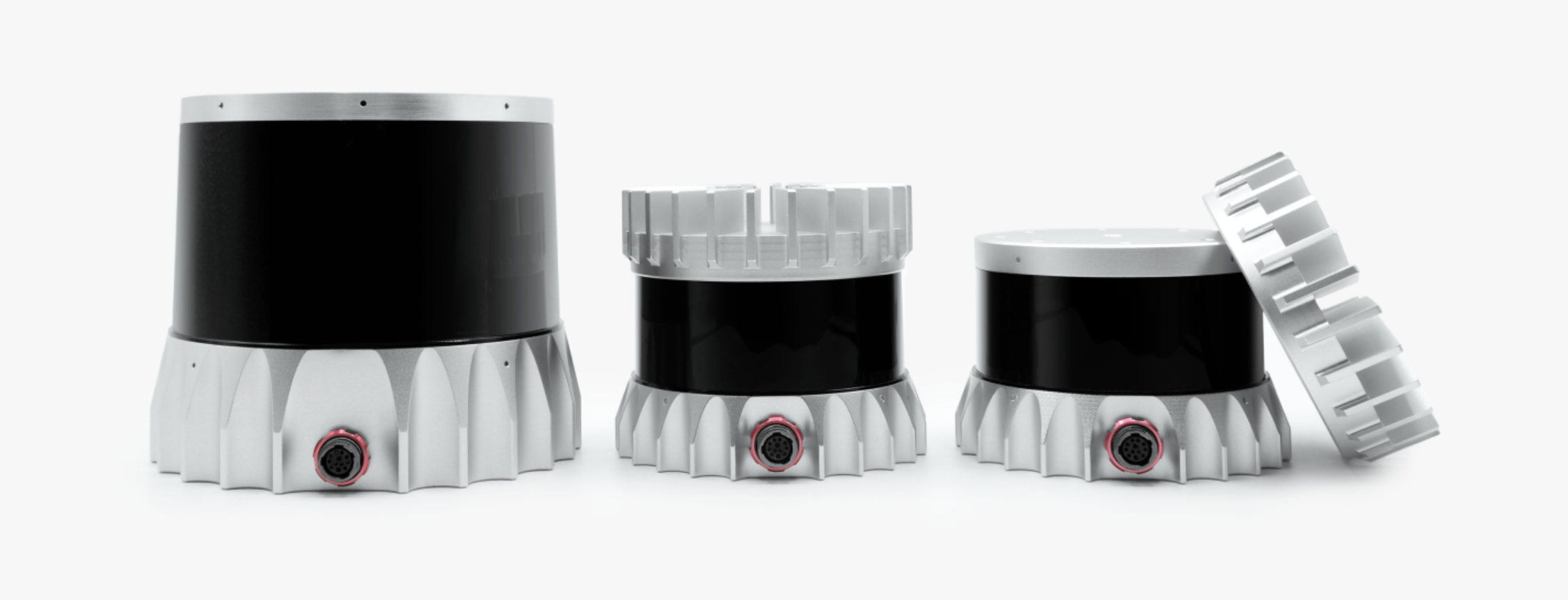
About
Company
vinteccLocation
RoeselareCompetences
computer vision
machine vision
autonomous and smart, the possibilities of LiDAR technology
what is LiDAR and how does it work?
LiDAR stands for Light Detection And Ranging or Laser Imaging Detection And Ranging. You can also describe it as laser scanning or 3D scanning.
LiDAR is a technology that determines the distance to an object or surface by means of laser pulses. It works according to the same principle as radar: a signal is transmitted and will be received again by reflection.
It is often used to create 3D models and maps of objects or environments.
It also measures the intensity so that you can also separate colors from each other.
how does it work?
The LiDAR scanning units fire hundreds of thousands of pulses per second. A LiDAR system calculates how long it takes for the light rays to hit the object and bounce back to the laser scanner. The distance is then calculated using the speed of light, also known as “time of flight measurements”. The pulsed laser measurements are processed into a 3D visualization or a “point cloud”.
What is the difference with a RADAR?
LiDAR works in the same way as radar and sonar, but uses light waves instead of radio or sound waves.
What type of LiDAR sensors exist?
2D LiDAR
It started with a 2D LiDAR where the emitter bounces a laser beam off a mirror and goes out and back in. The mirror can rotate so that you can scan 360°. The output is a typical solid line representing the contours in which the LiDAR resides.
3D LiDAR
Within Vintecc we have more knowledge of 3D LiDAR systems. You have an analog and a digital version.
The analog variant is typically larger and has a limited number of layers. For example, 16 layers are placed at an angle and rotate 360°, sending and receiving approximately 10 light rays per second to measure the distance to the objects.
An extra option is that the mirror itself can also rotate so that you can also adjust the opening angle.
The digital variant is typically a lot smaller, more robust and also cheaper. There are rotary modules and solid state modules. As the name suggests, there are no mechanical components in a solid state module, which means that the robustness is better, but the measuring range is more limited.
What does Vintecc use LiDAR systems for?
LiDAR can be used for many different applications and within different domains.
We have experience in industrial environments like the mining, agriculture, construction and logistics industries.
We also used LiDAR technology in an autonomous driving project for Arcelor Mittal.

